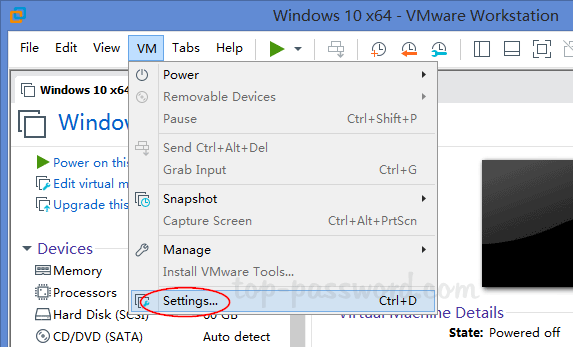

Leave the default value if you only want a partition for the entire disk. Select the size of the partition you are creating. The wizard will create a new volume on the disk. So, you can create immediately after the first partition of the virtual disk by following the steps below.Ĭlick the unallocated disk space box and then New Simple Volume. In the new window, make sure that the disk is selected, choose between MBR or GPT and click OK.Īt this point, the disk can be recognized by the system, however, because no partition has been created yet will not appear in the Windows Explorer File Explorer.

Then, right-click on the disk again and select Initialize Disk. Right-click the disk, and then click Online. Here, you will notice that there is now a new disk that has Offline status. The following steps are not necessary for everyone. We will need to configure the disk so it can be recognized by Windows. Select a name for the virtual disk file and its storage location (if you do not want the default).įinally, clicking the Finish button creates the new virtual disk. As you will see, you can use an existing virtual disk or even a ‘physical’ hard disk that we might see in a future article.Ĭhoose the maximum space that the virtual disk will occupy and whether it will be divided into tracks or a single file. Select Hard Disk from the list and click Next to continue.Ĭhoose the type of virtual disk based on your needs and whether it will work independently of the snapshots you create.Įnable the Create a new virtual disk option and click Next to continue. Right-click VM and then Settings to open the VM settings window. In today’s article, we’ll see how to add a new virtual disk as virtual hardware, and what actions you need to follow later in order for the disk to be recognized through the Windows or Windows Server environment. As you use virtual lab on VMware Workstation, you may need to add additional virtual hard drives to try features such as virtual RAID, Storage Spaces,


 0 kommentar(er)
0 kommentar(er)
